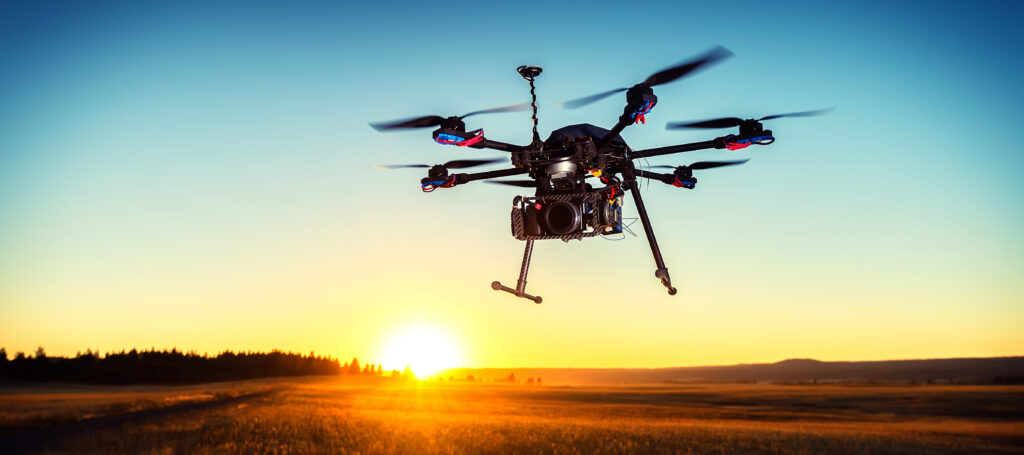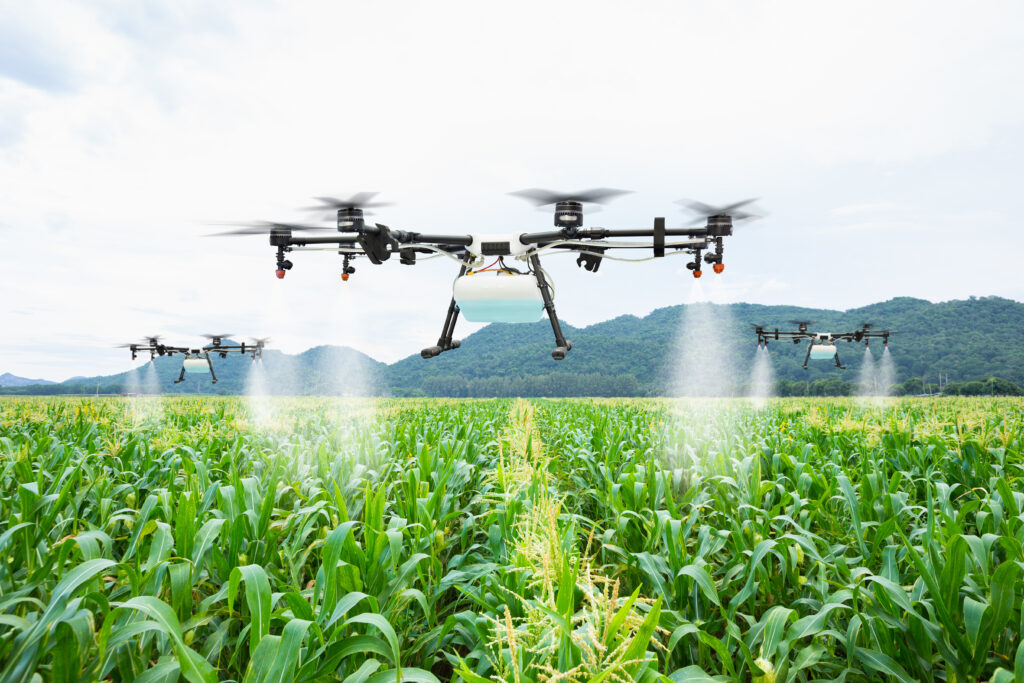If you’re interested in flying drones for more than just fun, you’ll need an FAA Remote Pilot Certificate, often called a Remote Pilot License. This credential allows you to operate drones for commercial purposes in the United States legally. However, with new FAA regulations, many pilots are asking: What’s the difference between Part 107 and Part 108?

Step 1: Understand the Remote Pilot License (Part 107 Certificate)
The FAA Remote Pilot Certificate (Part 107) is required for anyone who wants to fly drones commercially. That means any operation tied to business use (like checking drops for your own farm), or compensation, even if no money changes hands. Examples include:
- Aerial photography or videography
- Real estate marketing
- Infrastructure inspections
- Mapping and surveying
- Agriculture support
If you’re earning money—or even just receiving compensation of any kind—for your drone flights, the Part 107 certificate is what you need.
Step 2: Meet the Eligibility Requirements
To apply for your Remote Pilot License, you must:
- Be at least 16 years old
- Read, write, and understand English
- Be physically and mentally able to operate a drone safely
- Pass the FAA Aeronautical Knowledge Test
Step 3: Prepare for the Part 107 Test
The knowledge test covers topics such as:
- Airspace classifications and flight restrictions
- FAA regulations
- Weather and METARs
- Drone performance and operations
- Emergency procedures
Studying with a proven online course like RemotePilot101 ensures you’ll have the confidence to pass on your first attempt. Our lifetime updates keep your training current as FAA rules evolve.
Step 4: Take the FAA Knowledge Test
- Schedule your exam at an FAA-approved testing center.
- The test has 60 multiple-choice questions.
- You’ll need at least a 70% score to pass.
After passing, you’ll complete your application in the FAA’s IACRA system, where TSA automatically conducts a background security vetting. Once approved, you’ll receive your official Remote Pilot Certificate.

Part 107 vs. Part 108: What’s the Difference?
Part 107 – Commercial Drone Operations
- Governs the rules for commercial drone pilots
- Covers flights under 55 pounds
- Requires passing the Remote Pilot Knowledge Test
- Enables waivers and authorizations for advanced operations (night flying, flying over people, etc.)
Part 108 – Security and Counter-Drone Operations
- A separate regulation dealing with drone security and interception
- Focused on public safety agencies and government-authorized organizations
- Not intended for everyday commercial drone pilots
- Deals with procedures for responding to rogue or unsafe drones in restricted areas
In short: If you’re becoming a professional drone pilot, Part 107 is what you need. Part 108 is not a certification path you can pursue as an individual; it’s strictly for government security operations.
Your Path to Certification
Getting your Remote Pilot License may sound intimidating, but with the right preparation it’s a straightforward process. Part 107 certification is your gateway to legally and confidently flying drones for profit, while Part 108 is reserved for drone security operations.
With RemotePilot101’s trusted Part 107 online course, you’ll have everything you need to study smarter, pass faster, and launch your drone career.
